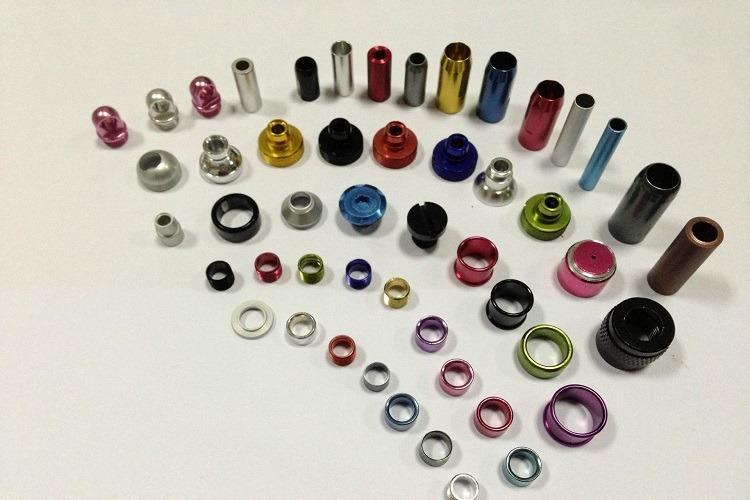The world of anodizing offers a variety of options, each catering to specific needs. Here's a breakdown of some key types:
By Material
- Aluminum Anodizing:The most popular, using different acids for different properties, such as organic, phosphoric, sulfuric, or chromic.
- Titanium Anodizing: Produces vivid colors and has a high resistance to corrosion; it is frequently used in jewelry and medical implants.
- Magnesium Anodizing:Offers strong paint adhesion and corrosion protection, but is less common because of processing issues.
By Anodizing Process
- Chromic Acid Anodizing (Type I):Conventional approach with superior electrical insulation and resistance to corrosion, but risky because it uses chromic acid.
- Sulfuric Acid Anodizing (Type II & III):Type II is more widely used for ornamental finishes, while Type III (hardcoat) offers improved resistance to wear.
- Organic Acid Anodizing: Suitable for food and beverage applications, this environmentally friendly option has a thin, transparent oxide layer.
- Phosphoric Acid Anodizing: Generates a substantial, flame-resistant oxide layer perfect for use in architectural settings.
By Purpose
- Decorative Anodizing:Provides a variety of colors and textures with an emphasis on aesthetics.
- Hard Anodizing: Provides a robust, wear-resistant oxide layer for high-stress uses, such as machinery and tools.
- Black Anodizing:Provides a rich, dark appearance for decorative or anti-corrosion purposes.
- Color Anodizing:Employs pigments or dyes to produce particular hues on the oxide layer.
For more information, please click: https://www.jtrmachine.com/anodizing
